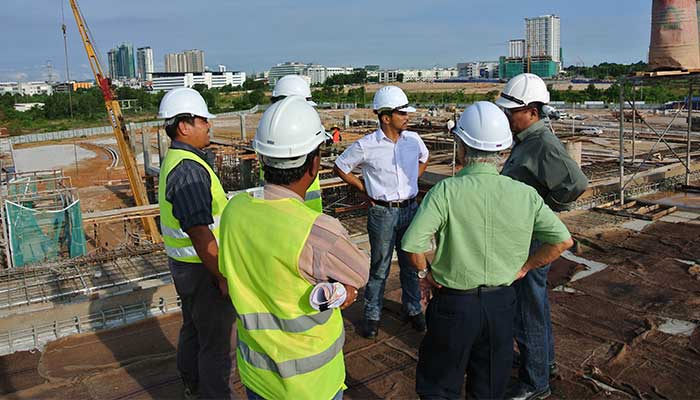Good safety leaders change the culture of an organization for the better; however, how they affect the culture change depends on the role of the leader. To become a great safety leader is a special challenge for front line managers and supervisors. They have a job responsibility which is highly tactical in comparison to their colleges at different levels. Also, their approach towards every team member signifies that they can communicate the values and intentions of the institution in a way that no other leader can.
for front line managers and supervisors. They have a job responsibility which is highly tactical in comparison to their colleges at different levels. Also, their approach towards every team member signifies that they can communicate the values and intentions of the institution in a way that no other leader can.
For many years, institutions have tried to assist the front line leaders in leveraging their position for safety improvement by adding on to already existing demands and priorities. The outcomes are mostly the same – good intentions that hardly survive everyday realities. At present, many organizations are learning and taking lessons from lean manufacturing and implanting safety leadership opportunities on the path of the supervisor’s job duties. Innovative safety leaders, in other words, make use of the interactions that they are already having with their workers to discuss ways to control and manage exposures.
Effective supervision
An effective supervision in customer service is the moment of contact between a customer and the organization that gives a chance to form a meaningful impression on the customer. In Safety, effective supervision is when supervisors and workers communicate about safety. What supervisors focus on, how they reach out to an opportunity, what they choose to highlight, ignore; and how they delegate responsibilities to others all have a powerful impression on site safety. Effectively handling these scenarios can strengthen safety culture to a great extent and lead to drastic improvement in safety performance.
Here are some activities that supervisors can take advantage of to build their organization’s safety culture:
Job Safety Meetings – Conducting meetings before or after the job and identifying ways to mitigate hazards and planning the best way to do a job and forming a practical standard for safe work. Supervisors need to do meetings in way that is engaging with the workers. It should be a two-way discussion and supervisor should make sure that everything is understood by the workers prior to resuming their work.
Safety Contacts – Any event of communication between a worker and supervisor and a direct report on safety is a chance to communicate organizational value to safety.
Identifying Physical hazards – Workers might be at risk from a hazard without them realizing it, even if they are following safety rules and behaviours and doing everything right. The supervisors can mitigate it by broadening their view beyond workers actions and look for potential threats in surrounding equipment and conditions.
Get more detailed insight by joining this session by safety excellence expert, Shawn M. Galloway, who instructs on the importance of effectively coaching employees using methods which don’t only apply to safety, but all other areas of operational performance as well. Shawn will also take you through the latest behavioral coaching techniques and directly apply them to improving safety to make the most of work-place productivity.




